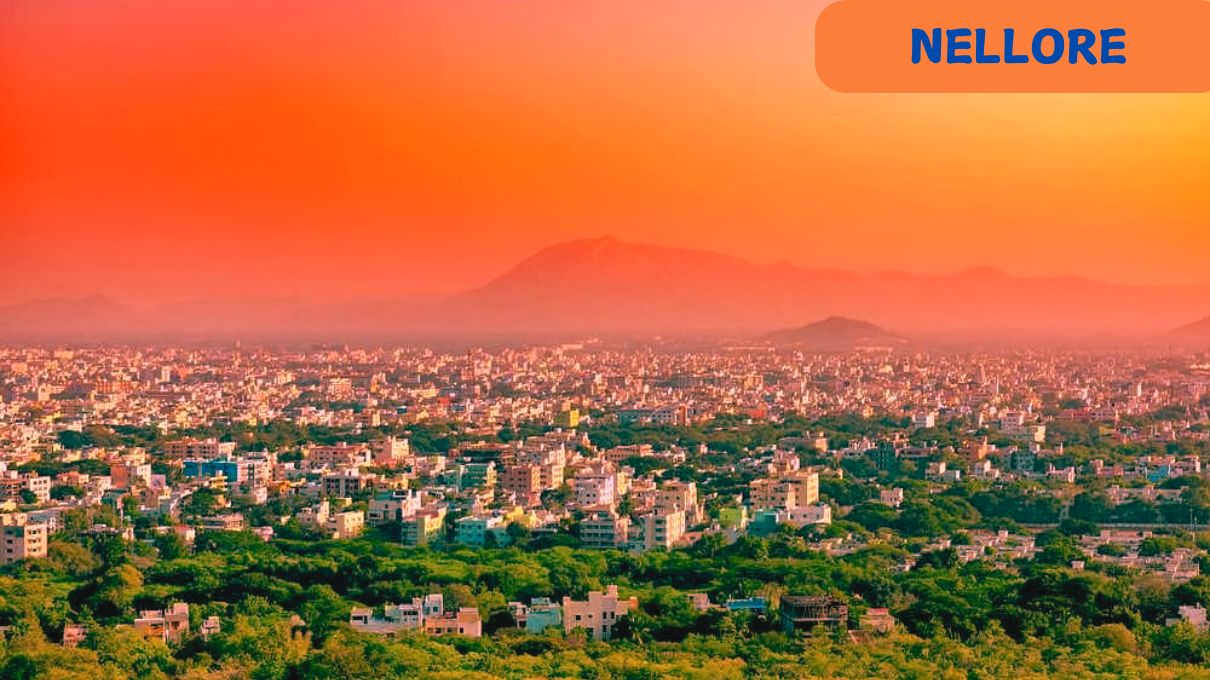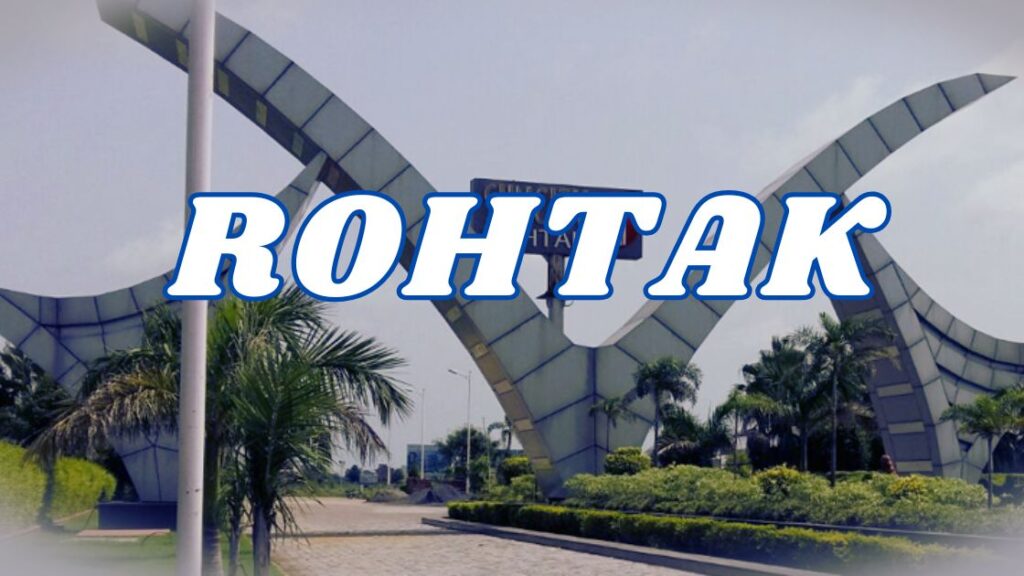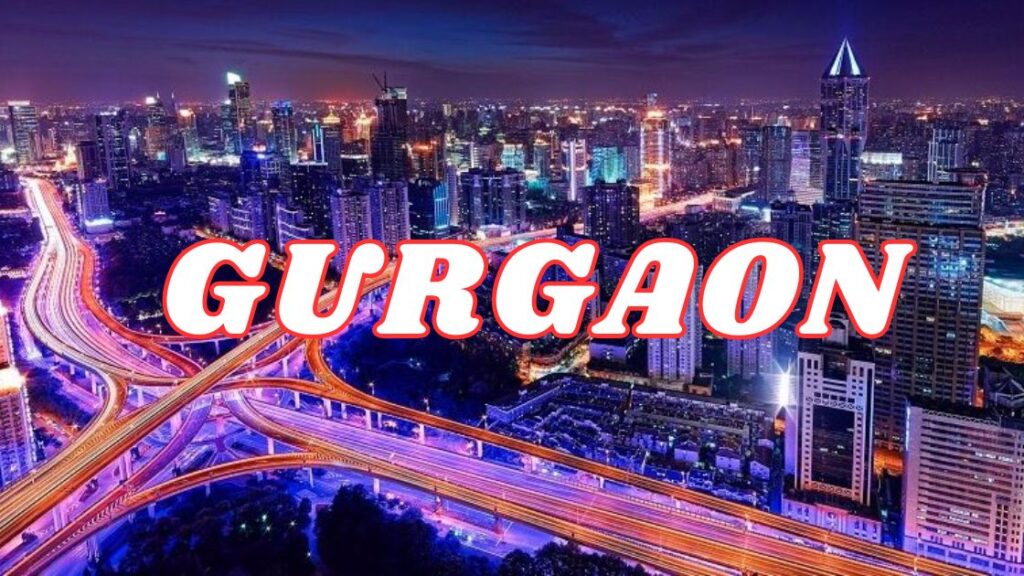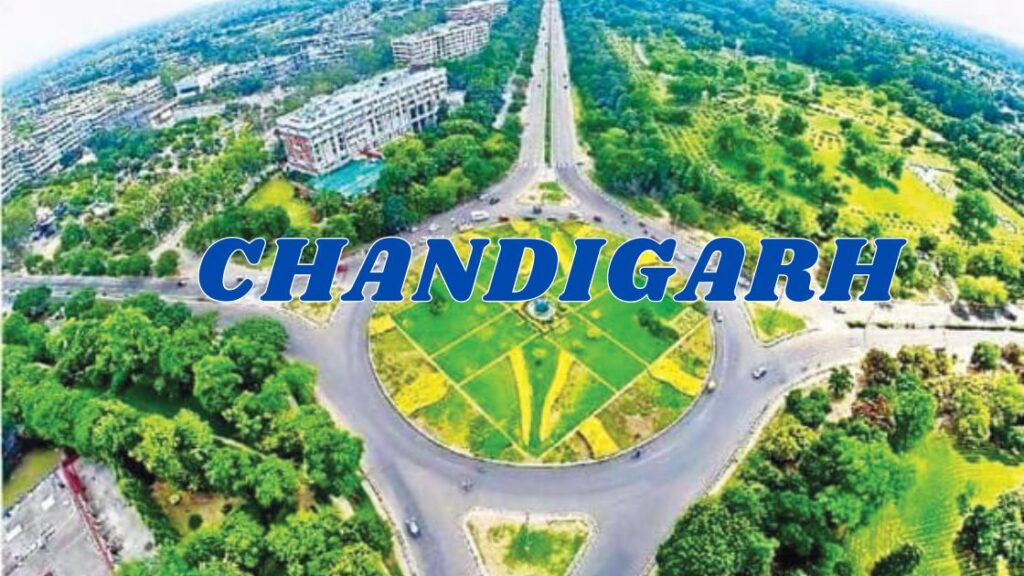Nellore, located on the banks of the Penna River, is a prominent city in the Nellore district of Andhra Pradesh, India. It serves as the administrative headquarters of the district, mandal, and revenue division. As the fourth most populous city in Andhra Pradesh, Nellore is strategically positioned, situated 279 km from Vijayawada, 660 km from Visakhapatnam, 455 km from Hyderabad, 170 km north of Chennai, and 380 km east-northeast of Bangalore. Its geographical location underscores its importance as a key administrative and economic hub.
The city’s name has intriguing origins, with multiple etymological theories. One theory from the Sthala Purana associates the name with a sacred lingam found beneath a Phyllanthus emblica tree, locally called the nelli tree. This connection to the tree lends the name Nellore, derived from the Proto-Dravidian and Telugu word for emblica.
Nellore: A Thriving Agricultural Hub and Vibrant Economic
Alternatively, some trace the name to the Tamil word “nellu,” meaning paddy or rice, a reflection of the region’s rich agricultural heritage. Renowned for its extensive rice cultivation, Nellore’s economic and cultural identity remains rooted in this agricultural legacy. Historically, the area was known as Vikrama Simhapuri during the medieval period, but the abundance of paddy fields eventually shaped its modern name, highlighting its significant role in rice production.
Agriculture continues to be a cornerstone of Nellore’s economy today, further strengthening its historical reputation as a rice-growing hub in southern India.
History of Nellore
Nellore, a city of profound historical and cultural significance, has been shaped by the influences of multiple dynasties and empires over the centuries. Its location and fertile land made it a prized possession for rulers, leaving a lasting impact on its heritage and governance.
Ancient Roots of Nellore
Nellore’s early history begins with the Mauryan Dynasty, under the rule of Ashoka the Great in the 3rd century BCE. During this period, the region embraced Buddhism, fostering peace and cultural development. Following the Mauryas, the city transitioned into the Pallava Dynasty by the early centuries CE. The Pallavas ruled until the 6th century CE, laying a foundation of architectural brilliance and inscriptions that narrate their governance.
After the Pallavas, Nellore became an integral part of the Chola Empire, whose influence defined its culture and administrative systems for several centuries. Historical records reveal the prominence of Tamil inscriptions, underscoring Nellore’s role as a major hub in the Chola kingdom. The 13th century CE saw the decline of the Cholas, leading to successive rule by Kakatiyas, Eastern Gangas, Vijayanagara Empire, and others, contributing further to Nellore’s vibrant history.
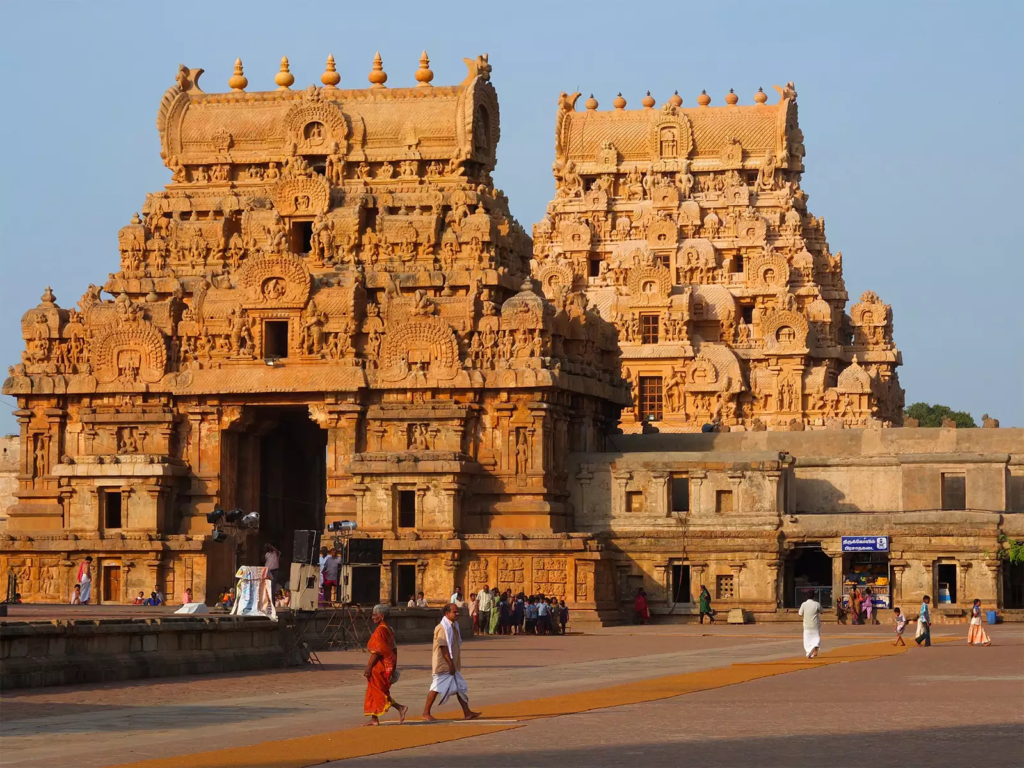
Nellore During the Medieval Era
As time progressed, Nellore came under the dominance of medieval powers like the Sultanate of Golconda and the Mughal Empire, followed by its management under the Arcot Nawabs. The Nawabs held control until the 1758 conquest by the Marathas, led by Balwant Rao, marking another chapter in the city’s dynamic history. Each ruling entity left behind a unique legacy, influencing trade, architecture, and administration.
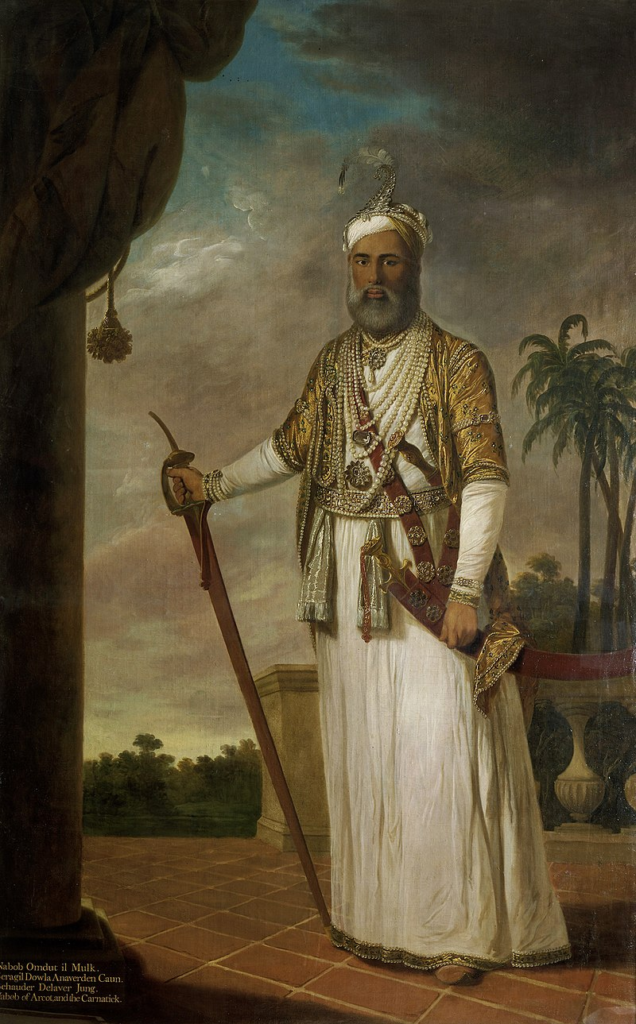
British Rule – Madras Presidency Era
Nellore’s importance expanded further under British administration, as it became part of the Madras Presidency in the 18th century. The British recognized its significance due to its fertile lands, coastal location, and potential for agricultural and commercial growth. A comprehensive account of Nellore’s governance, written by John Boswell in 1873, highlighted key aspects such as climatic conditions, agriculture, and social structure. This documentation emphasized the pivotal role of Zamindars like Venkatagiri Raja, Kalahasti Raja, and Chundi Zamindars, who were responsible for overseeing villages and land management.
Under British rule, the port of Krishnapatnam emerged as a significant hub, contributing to both the city’s economy and its strategic value. The development of the port marked a turning point in Nellore’s integration with global trade networks. The British governance era firmly established the foundation for Nellore’s modern-day status as a key region in Andhra Pradesh.
Cultural Contributions of Nellore
Nellore holds a unique place in the development of the Telugu language and literature. It became a prominent center for cultural and linguistic growth, playing an essential role in shaping Andhra Pradesh’s identity.
One of Nellore’s most celebrated figures, Potti Sriramulu, emerged as a national hero during the Indian independence movement. His fast unto death, demanding the creation of a separate Andhra state, brought Nellore into the national spotlight. His legacy continues to inspire the statehood movement and serves as a symbol of Andhra pride.
Legacy of Nellore in Andhra Pradesh
Nellore’s history is deeply intertwined with the political, economic, and cultural evolution of Andhra Pradesh. The contributions of its rulers, the development of language, and its emergence as an agricultural hub under the British reflect the city’s enduring importance. Nellore’s journey from ancient Mauryan times to the formation of modern Andhra Pradesh highlights its resilience and prominence as a cornerstone of Indian history.
By preserving its heritage and embracing modern growth, Nellore remains a symbol of the enduring legacy of Andhra culture and history.
Geography of Nellore
Nellore, a city located in the southeastern part of India, is renowned for its geographical uniqueness, coastal proximity, and diverse climatic conditions. Its topography and climatic traits significantly contribute to its economic and ecological value.
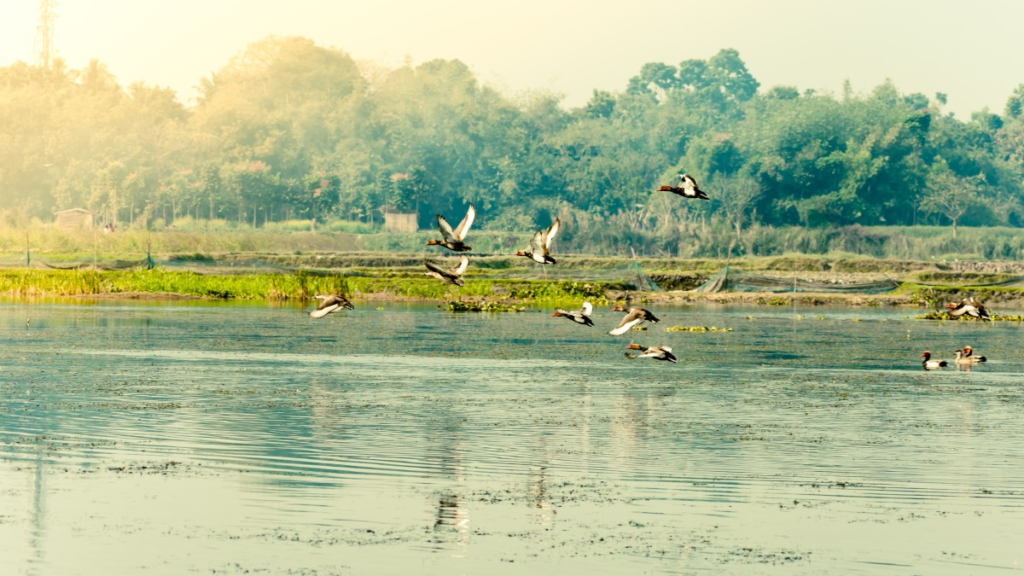
Location and Elevation of Nellore
Positioned at latitude 14.44°N and longitude 79.98°E, Nellore sits at an average elevation of 18 meters (59 feet) above sea level. This strategic location not only provides fertile plains but also places it close to the Bay of Bengal, which is just 24 kilometers (15 miles) away. This coastal proximity moderates Nellore’s climate and enhances its agricultural potential.
Climate and Weather Patterns
Nellore experiences a Tropical Savanna Climate, characterized by hot summers, humid conditions, and relatively mild winters.
- Summers: The peak summer months, from April to June, record scorching temperatures ranging between 36°C to 46°C (97°F to 115°F).
- Winters: Mild and pleasant, winters span from December to February, with temperatures ranging from 23°C to 25°C (73°F to 77°F).
The city’s closeness to the Bay of Bengal ensures the presence of sea breezes that moderate the weather, particularly during these seasons.
Rainfall and Monsoons
Nellore primarily depends on the northeast monsoon for rainfall, receiving about 60% of its annual precipitation between October and December. The city typically records 700 to 1,000 mm (28 to 39 inches) of rainfall annually. During this period, the region is frequently impacted by cyclones originating in the Bay of Bengal, leading to significant flood risks. Conversely, during the summer months, it occasionally suffers from droughts, underscoring the challenges posed by extreme climatic conditions.
Notable Climatic Features
- Extreme Temperatures: Nellore has experienced record highs of 46.7°C (116°F), reflecting the intensity of its summer heat.
- Floods and Cyclones: Its geographical position exposes the city to the frequent cyclonic activity, which plays a dual role in causing both devastation and replenishment of water resources.
- Humidity Levels: With humidity averaging above 60% year-round, the atmosphere is often damp due to its coastal proximity.
Environmental Achievements
Amid its climatic challenges, Nellore stands as a beacon of resilience in maintaining a sustainable environment. The city was ranked 18th best ‘National Clean Air City’ in the 3–10 lakh population category in India. This recognition underscores Nellore’s commitment to controlling air pollution and fostering a clean, sustainable living environment.
Nellore’s distinct geographical and climatic attributes shape not only the city’s day-to-day life but also its agriculture, disaster management strategies, and urban planning. Its proximity to the sea, coupled with its susceptibility to climatic extremes, defines its role as a city of resilience and adaptation.
Demographics of Nellore
Nellore is a vibrant city with a diverse population and a strong emphasis on education and literacy. The city’s demographics reflect a rich tapestry of culture, traditions, and steady population growth over decades.
Population Overview
According to the 2011 census, Nellore city had a population of 505,258, while the expanded population reached 631,791 after the merger of 15 nearby gram panchayats into the Nellore Municipal Corporation. This growth underscores Nellore’s transformation into a major urban hub in Andhra Pradesh.
- The city’s literacy rate stands at an impressive 83.59%, significantly higher than the state average of 73.00%.
- Male literacy: 87.53%
- Female literacy: 79.52%
Such literacy levels highlight the city’s progressive approach to education and gender inclusivity in academics.
Religious Composition
Nellore exhibits religious diversity, with Hinduism being the dominant faith. The population distribution by religion is as follows:
- Hinduism: 78.72%
- Islam: 19.03%
- Christianity: 1.59%
- Others: 0.66% (This group includes Sikhs, Buddhists, Jains, and Parsis.)
The coexistence of multiple faiths underscores the city’s ethos of harmony and inclusivity.
Historical Population Growth
Nellore has experienced a remarkable increase in its population over the decades, reflecting its rise as a significant urban and economic center.
- In 1961, the population was 106,776, and by 2011, it surged to 558,548, marking a 35.29% growth rate during the last recorded decade.
This continuous upward trend signifies Nellore’s growing importance in Andhra Pradesh’s urban landscape.
Education in Nellore
Nellore places a high value on education, making it a key driver of literacy and social development.
Primary and Secondary Education
The city’s schools, managed by government, aided, and private institutions, operate under the School Education Department of Andhra Pradesh.
- Medium of instruction: Schools predominantly teach in English and Telugu, catering to a broad audience and enhancing bilingual proficiency.
Higher Education
Nellore is home to renowned institutions offering a range of undergraduate and postgraduate programs, including:
- Vikrama Simhapuri University: A leading educational institution offering diverse academic courses and research opportunities.
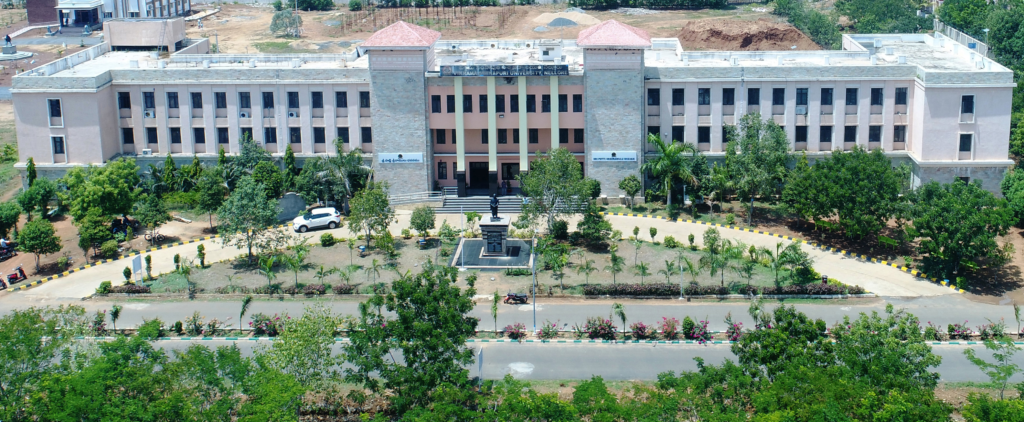
- Indian Institute of Tourism and Travel Management (IITTM): The south headquarters of this prestigious institute is located in Nellore, emphasizing the city’s role in promoting tourism and travel studies.
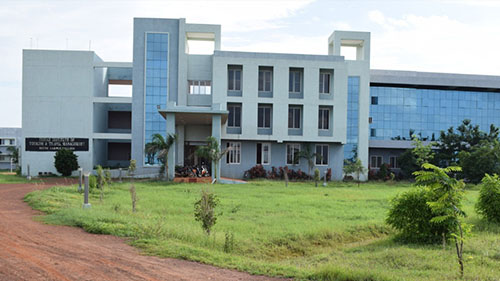
The presence of such esteemed institutions makes Nellore an educational hub and attracts students from various parts of the country.
Governance in Nellore
Nellore is a significant administrative hub, with a well-structured system of civic administration and active participation in state-level politics. The city is governed by the Nellore Municipal Corporation, which oversees various civic functions, infrastructure, and urban development projects.
Civic Administration
Nellore Municipal Corporation, a key institution for local governance, has a long history dating back to 1 November 1866, when it was established under the Madras District Municipality Act. Over the years, its scope and infrastructure have expanded, reflecting the city’s growth.
- In 2004, the municipality was upgraded to a corporation with a jurisdiction of 150.48 km² (58.10 square miles), covering 54 wards.
- A major milestone occurred in 2013, when 15 gram panchayats were merged into the municipal corporation, thereby enhancing its jurisdiction and capacity for urban management.
Merged Gram Panchayats:
Some of the notable gram panchayats merged into the municipal corporation include:
- Allipuram, Chinthareddypalem, Kallurupalli, Pottipalem, and Gundlapalem.
The present mayor of Nellore is Sravanthi, who leads the corporation in implementing key civic initiatives.
Urban Development under AMRUT
Nellore is one of the 31 cities in Andhra Pradesh under the Atal Mission for Rejuvenation and Urban Transformation (AMRUT). This mission focuses on:
- Improving water supply and sanitation systems
- Upgrading sewerage services
- Developing green spaces to enhance the overall urban experience
Participation in AMRUT has significantly improved Nellore’s urban infrastructure and civic facilities, contributing to the city’s modernization.
Political Structure
Nellore holds a prominent place in Andhra Pradesh’s political landscape, with representation at the state legislative level through two assembly constituencies:
- Nellore City Assembly Constituency
- Nellore Rural Assembly Constituency
Current MLAs:
- Nellore City: Represented by Ponguru Narayana from the Telugu Desam Party (TDP)
- Nellore Rural: Represented by Kotamreddy Sridhar Reddy, also from the TDP
The city’s active involvement in politics underscores its importance in state governance, contributing to policy decisions and regional development.
Civic Pride – Tikkana Park
A symbol of Nellore’s focus on enhancing urban life is Tikkana Park, a key recreational area within the city. This well-maintained park provides green spaces and leisure opportunities for the residents, showcasing Nellore’s commitment to improving the quality of life.
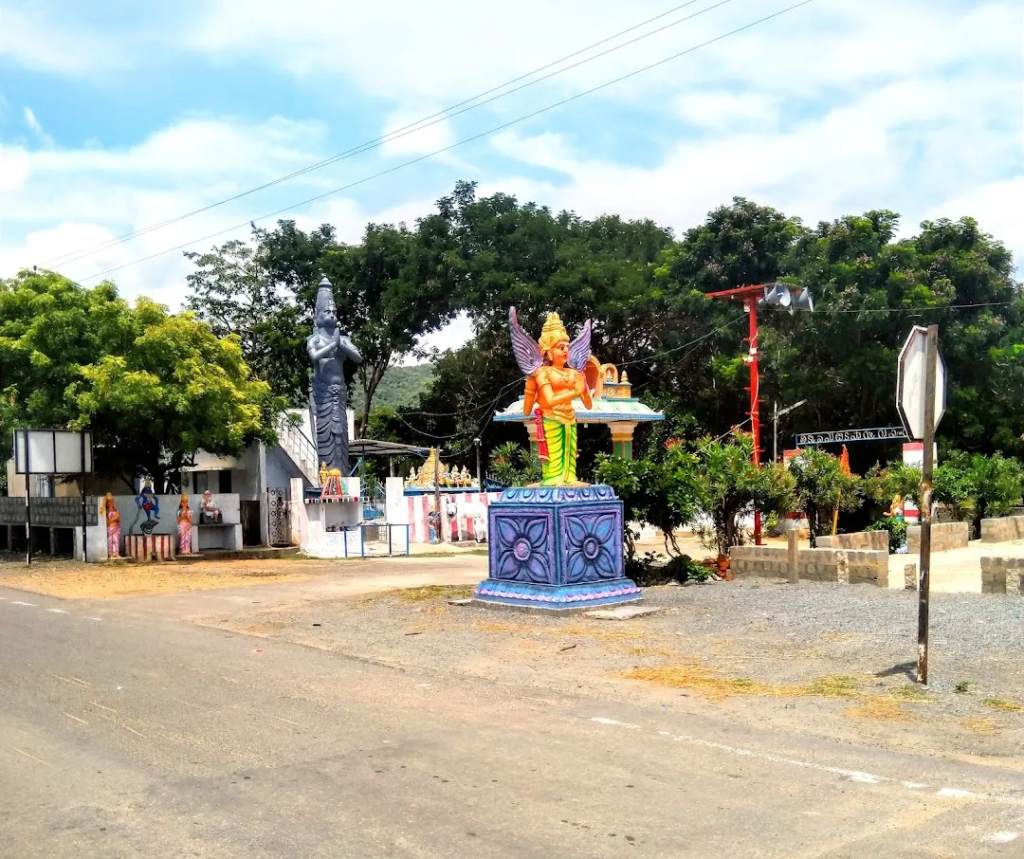
Culture of Nellore
Nellore is a city that vibrantly reflects the diversity and traditions of its people, earning a reputation for its unique festivals, cuisine, and cultural practices. The rich cultural heritage of the city is deeply intertwined with its historical and religious significance, making it a vital part of Andhra Pradesh’s cultural landscape.
Festivals and Traditions
Nellore is synonymous with the celebration of Rottela Panduga (Bread Festival), an annual event of great cultural and spiritual significance. Held at the Bara Shaheed Dargah, situated on the picturesque banks of Swarnala Cheruvu, this festival attracts people from all over India and even from abroad.
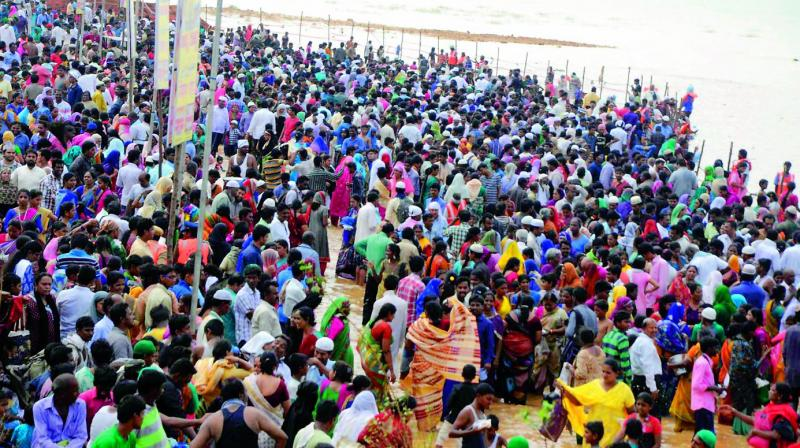
- The festival’s name, Rottela Panduga, stems from the practice of exchanging flatbreads (rotis), symbolizing wishes and blessings.
- It is notable for its inclusive appeal, as it draws participants from all faiths, fostering a sense of unity and harmony among communities.
This vibrant celebration is a testament to Nellore’s culture of tolerance and inclusivity, showcasing how traditions transcend boundaries of religion and language.
Cuisine of Nellore
The culinary landscape of Nellore is as diverse and flavorful as its culture. Local recipes have gained widespread recognition for their bold flavors and unique preparations. Among the specialties are:
- Chepala Pulusu (Fish Curry): This is a signature dish of Nellore, prepared using locally sourced fish, including the prized Korramennu, and spiced with aromatic masalas.

- Malai Kaja: A famous local sweet, made using maida, milk, and sugar, it is a culinary delight cherished for its rich, creamy texture and delightful taste.

Nellore’s cuisine reflects the natural abundance of its coastal and agricultural backdrop, offering a range of delectable dishes that delight locals and visitors alike.
Language and Identity
The residents of Nellore, known as Nelloreans, take great pride in their traditions, dialect, and cultural contributions. The Telugu spoken here carries a distinct flavor and is a vital part of their cultural identity.
Religion plays a central role in Nellore’s culture, as the city is home to numerous temples and places of worship that act as hubs for spiritual and community activities. One notable landmark is the Sri Moolastaneswara Swamy Temple, a historical temple dedicated to Lord Shiva, which attracts devotees throughout the year.
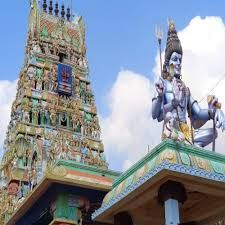
Cultural Significance
The culture of Nellore is rooted in its history, culinary diversity, and traditions. Whether through the exchange of flatbreads at the Rottela Panduga or the preparation of iconic dishes like Chepala Pulusu, the city weaves a vibrant tapestry of heritage that appeals to residents and visitors alike.
This cultural richness ensures that Nellore remains not only a significant urban center but also a cornerstone of Andhra Pradesh’s diverse traditions.
Amenities in Nellore
Nellore offers a range of amenities and facilities that cater to the modern lifestyle of its residents while blending its historic charm. The city continues to grow as a hub of media, transportation, and essential services, ensuring a high quality of life for its people.
Media and Information
Nellore has a rich media culture with both print and digital platforms. Established newspapers like the Zaminryot, which dates back to 1930, are an integral part of the city’s journalistic legacy. Another notable publication is the Lawyer Weekly, which serves the city’s professional and legal community.
The presence of prominent Telugu newspapers like Eenadu, Vaartha, Andhra Jyothy, and Sakshi ensures that residents are well-informed about both local and national events. These publications often provide Nellore-specific editions that capture regional happenings and cultural highlights.
Transport Facilities
Nellore boasts a robust transport network that connects it seamlessly to neighboring regions and major cities.
Road Transport:
- The city is well-served by the National Highway 16, a part of the Asian Highway 45 and Golden Quadrilateral, which provides efficient access for long-distance commuters.
- The city’s internal and arterial roads span 1,189.95 km, ensuring smooth intra-city travel while the proposed Outer Ring Road aims to ease traffic congestion further.
Local Commuting:
- Local transportation relies heavily on auto-rickshaws, with approximately 6,000 in operation, making them the dominant mode of travel for short distances.
- Privately owned two-wheelers and public buses are also widely used, with the Nellore bus station serving as a vital hub for inter-city and district-level bus services.
Rail Connectivity:
- The Nellore Railway Station, classified as an A-grade Adarsh Station, plays a pivotal role in regional and national connectivity.
- Additional railway stations include Nellore South, Vedayapalem, and Padugupadu, which cater to suburban traffic.
- The Southern Railway operates regular MEMUs connecting Nellore with Chennai Central, facilitating quick and convenient travel between the cities.
Airport Proposal:
- Plans for a no-frills airport in Nellore have been proposed, promising to expand the city’s connectivity and attract greater economic activity.
Development and Future Prospects
As Nellore grows, its focus on infrastructure remains paramount. Efforts to improve transportation facilities, including road expansions, the development of an outer ring road, and the airport proposal, reflect the city’s commitment to progress. With a well-integrated transport network and thriving media, Nellore is steadily positioning itself as a prominent urban center in Andhra Pradesh.
Notable Personalities of Nellore: Contributions Across Diverse Fields
Nellore, known for its rich cultural and historical legacy, has produced several notable personalities. These individuals, through their achievements in arts, politics, sports, and public service, have put Nellore on the map as a city of talent and dedication. Below is a deeper exploration of these illustrious figures:
Arts, Literature, and Cinema
- Acharya Aatreya
- Contributions: A prolific playwright and poet, Acharya Aatreya is celebrated for his deep and thought-provoking works in Telugu literature. His plays often explored social issues and human emotions, making them timeless classics.
- Legacy: His impact on Telugu theater earned him respect as one of the greatest dramatists of the 20th century.
- Tikkana
- Role in Literature: Part of the “Trinity of Poets,” Tikkana contributed significantly by translating 15 books of the Mahabharata into Telugu.
- Cultural Impact: His works played a vital role in shaping classical Telugu literature and introduced sophisticated poetics into local culture.
- S. P. Balasubrahmanyam (SPB)
- Achievements: A globally recognized playback singer, SPB recorded over 40,000 songs in multiple Indian languages. His deep voice and versatility earned him six National Film Awards and a Guinness World Record for the most recordings by a singer.
- Recognition: He was awarded the Padma Shri (2001) and Padma Bhushan (2011) for his contributions to Indian music.
- Rajanala Kaleswara Rao
- Legacy in Cinema: A prominent Telugu actor famous for portraying villainous roles with finesse, Rajanala left a lasting impression through his performances in mythological and social dramas.
- Vanisri
- Acting Career: An acclaimed South Indian actress of the 1960s and 1970s, Vanisri excelled in Telugu, Tamil, and Kannada films.
- Accolades: Known for her grace and emotive performances, she became an inspiration for many aspiring actors.
- Shakeela
- Impact in Cinema: Known for her significant presence in Malayalam and South Indian films, Shakeela redefined perceptions of women’s roles in cinema by breaking stereotypes and creating her niche in the film industry.
Politics and Public Service
- Sri Bezawada Gopala Reddy
- Leadership: As a Chief Minister of United Andhra Pradesh, Bezawada Gopala Reddy played a pivotal role in enhancing state infrastructure and economic development.
- Contributions: Fondly remembered as a visionary, his reforms continue to impact the region positively.
- Venkaiah Naidu
- Key Positions: Serving as the Vice President of India (2017–2022), Venkaiah Naidu was an integral figure in Indian politics for over four decades.
- Political Philosophy: Known for his oratory and belief in reform-driven governance, he contributed extensively to rural development, housing, and urban infrastructure.
- Sri Potti Sreeramulu
- Sacrifice for Andhra Pradesh: Potti Sreeramulu’s hunger strike for linguistic statehood led to the formation of Andhra Pradesh in 1953, making him a symbol of sacrifice for democratic ideals.
- Legacy: Several landmarks and institutions are named in his honor to commemorate his contributions.
- Puchalapalli Sundarayya
- Role: A freedom fighter and Communist leader, he championed land reforms and the rights of agricultural workers.
- Initiatives: His emphasis on equitable land distribution made him a towering figure in social and political circles.
- Ponguru Narayana
- Accomplishments: A noted politician and businessman, he has contributed significantly to Nellore’s development, particularly in the fields of real estate and education.
- Kotamreddy Sridhar Reddy
- Current Role: Representing Nellore in the Andhra Pradesh Legislative Assembly, he is focused on developmental projects in the region.
- Poluboina Anil Kumar
- Political Contribution: Known for his dynamic leadership and initiatives aimed at improving civic amenities and welfare schemes in Nellore.
Academia and Innovation
- Kalahasti P. Prasad
- Field: Electrical engineering researcher and educator renowned for his contributions to technical education.
- Impact: His work inspired future generations to explore cutting-edge engineering solutions and fostered innovation.
Sports
- Ashwin Hebbar
- Cricketing Achievements: A right-handed batsman, Ashwin Hebbar has been a consistent performer for Andhra Pradesh in domestic cricket tournaments.
- Recognition: His dedication and talent have placed him among promising players representing Nellore on a national stage.
Social Activism and Civic Initiatives
- Venkatesh Geriti
- Activism: A political activist striving for reform in governance, transparency, and policy-making.
- Campaigns: Known for his efforts to raise awareness about electoral reforms and empower citizens.
Legacy and Cultural Representation
- The city’s long list of distinguished personalities reflects its cultural richness and intellectual depth.
- Nellore is often seen as a beacon of talent that merges tradition with modern achievements, offering a balance of heritage and progressiveness.
By fostering icons across various fields, Nellore continues to uphold its legacy as a hub of inspiration, resilience, and excellence. Each of these individuals has left an indelible mark, contributing to the city’s growth and cultural identity.

